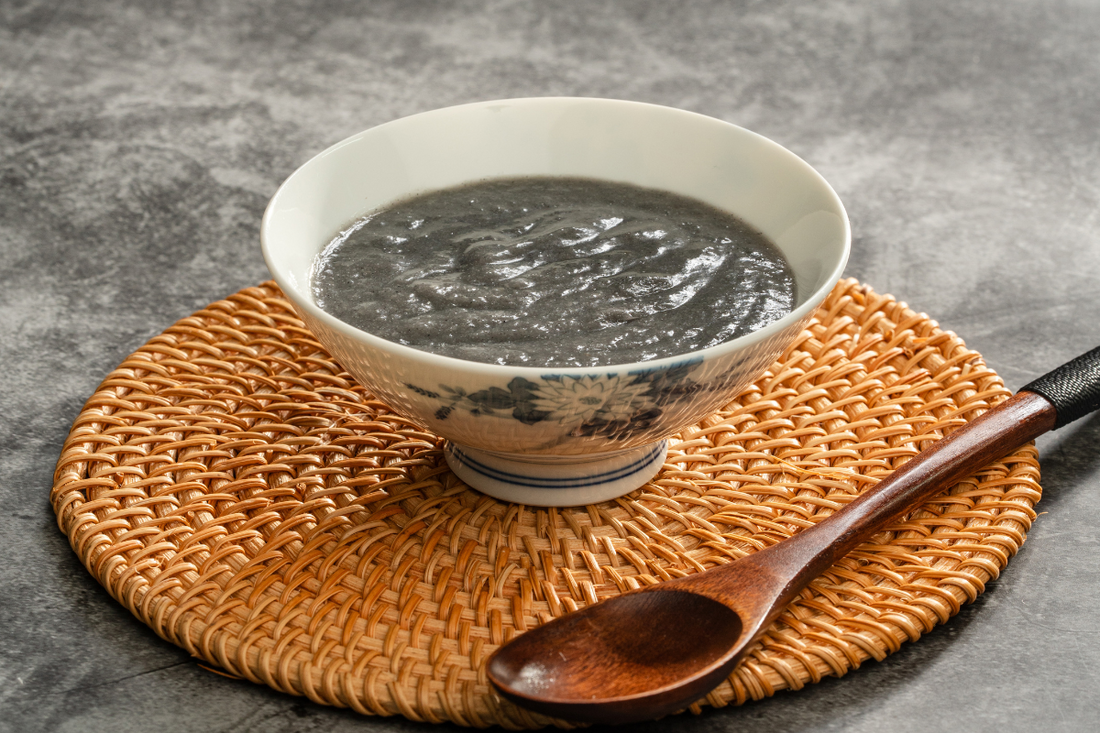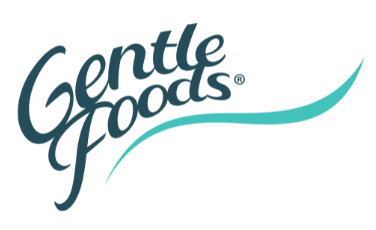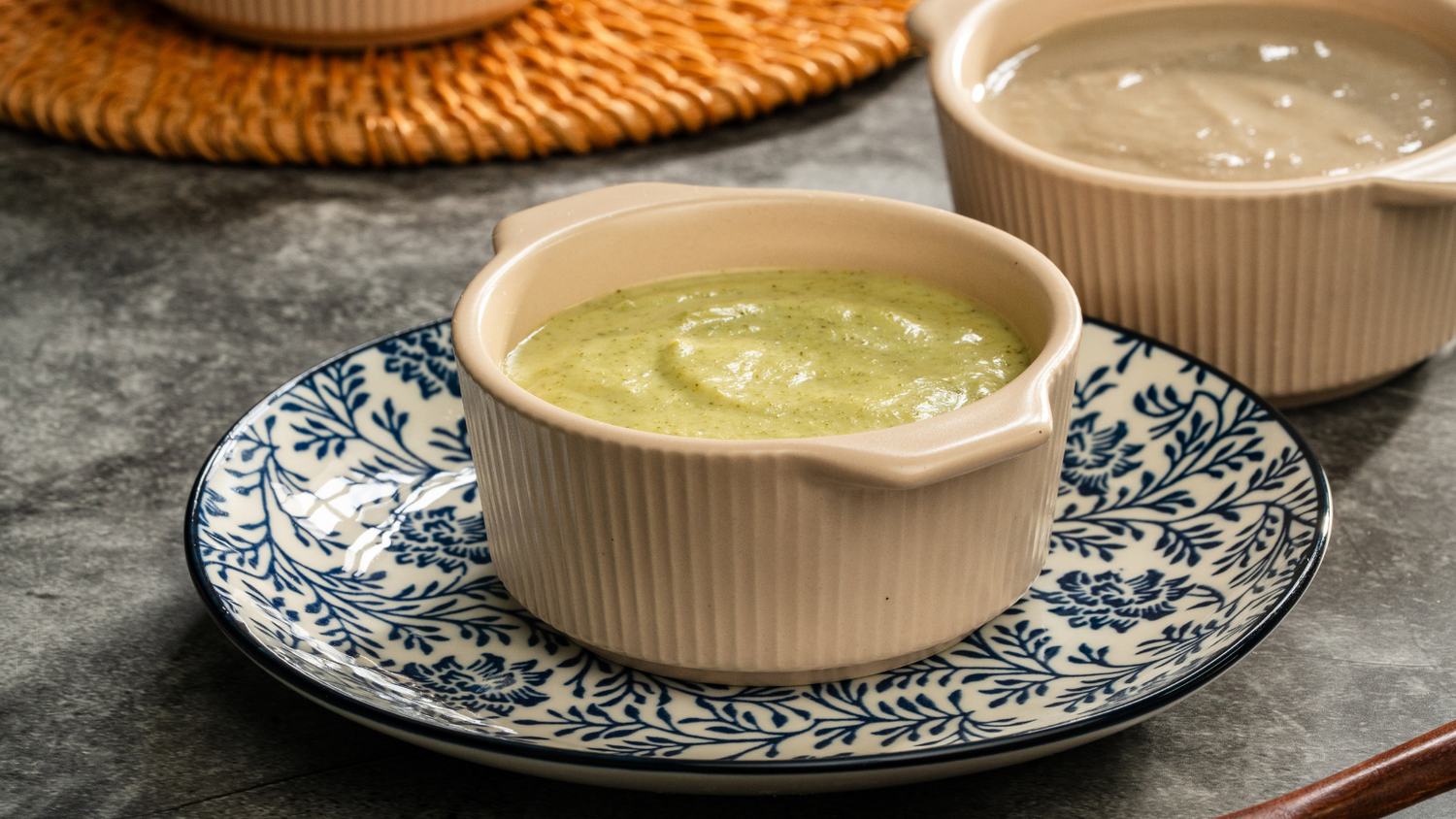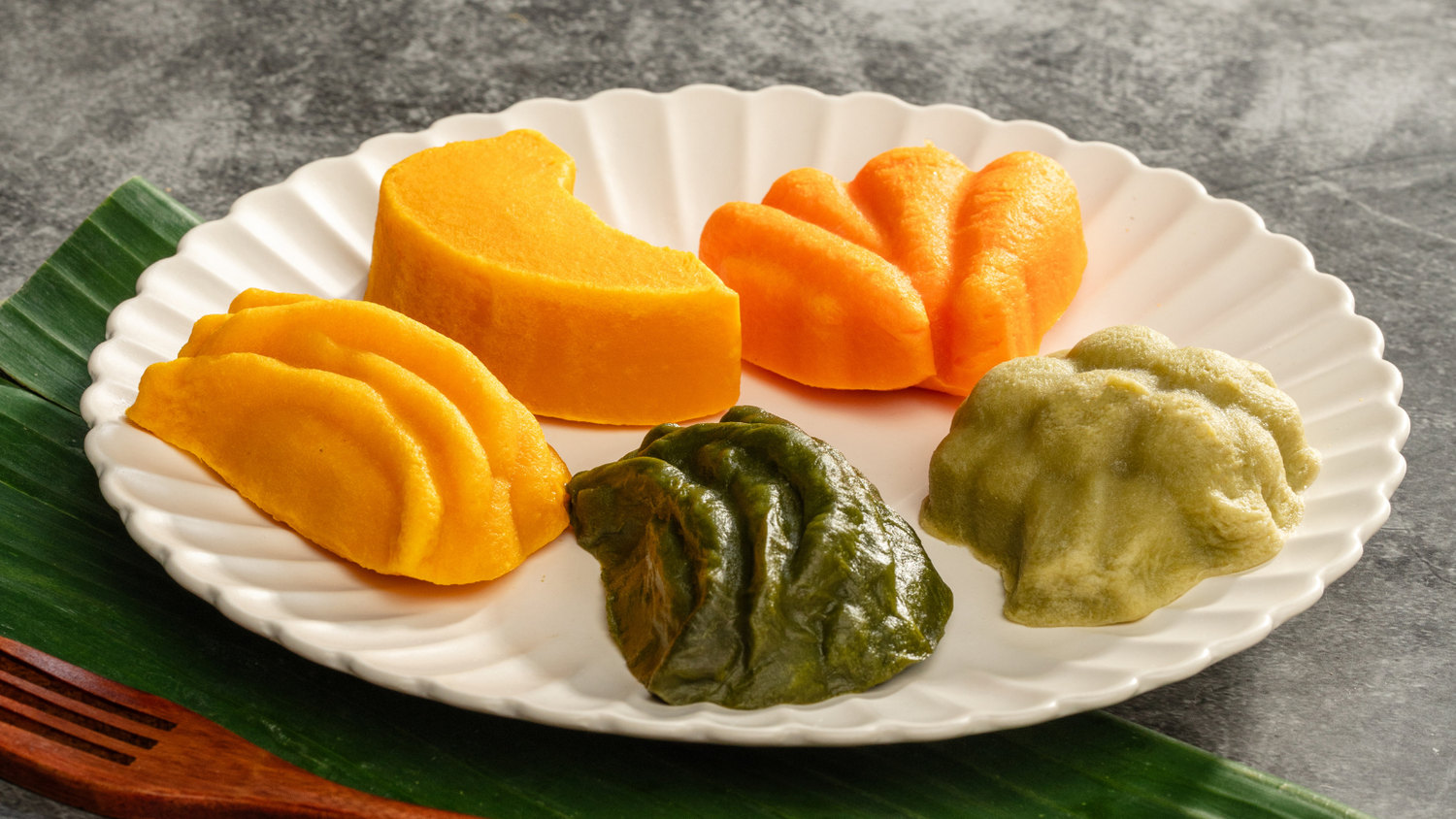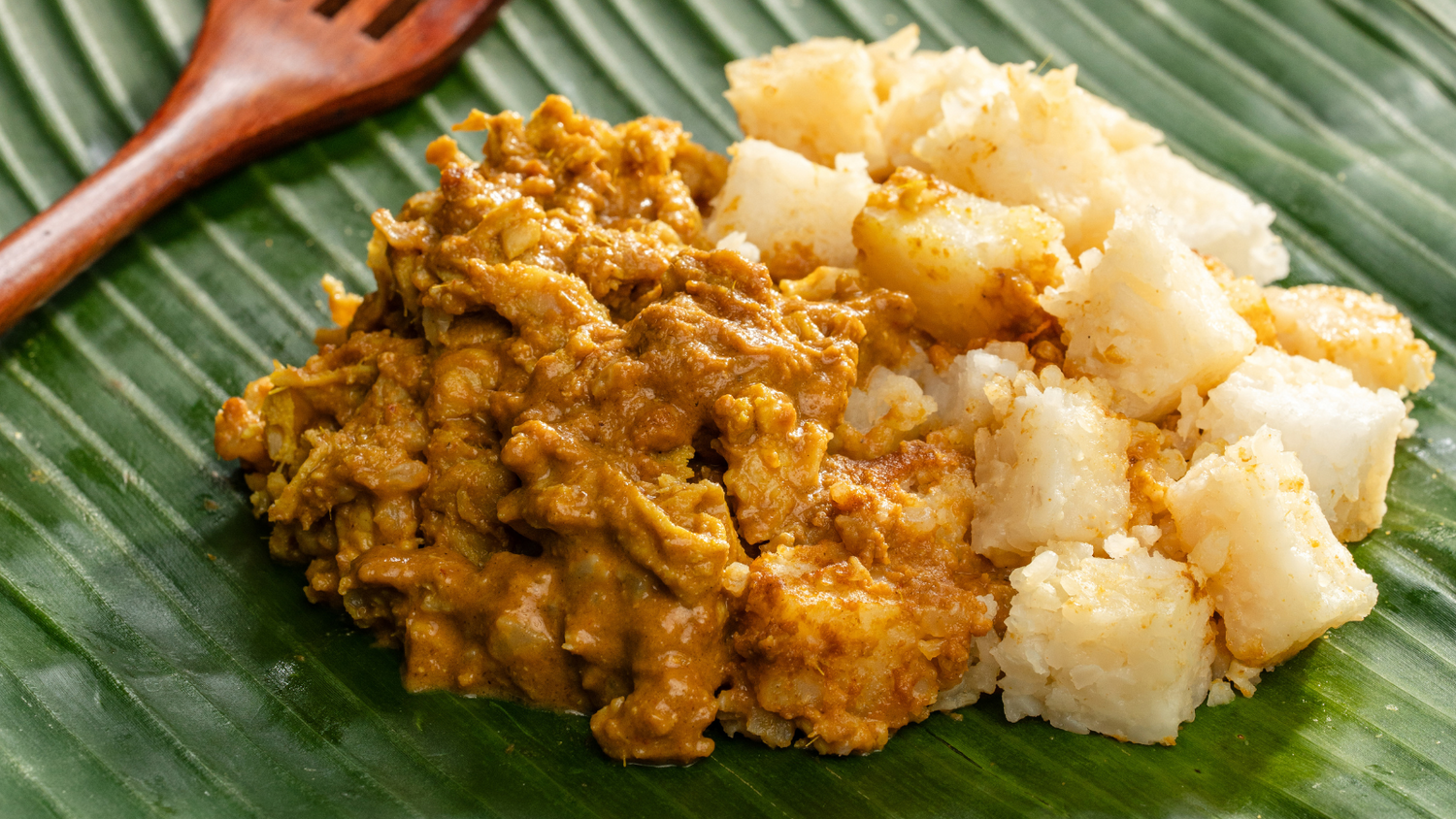Iron-rich Food Sources and Iron-boosting Meals
Share
Iron is a mineral that plays several vital functions in our body, primarily in transferring oxygen from the lungs to all parts of the body. It may go unnoticed when the body’s iron level begins to drop. As the body becomes more deficient in iron, symptoms of iron deficiency will develop, such as fatigue, weakness, pale skin, shortness of breath and hair loss.
Recommended Intakes
One of the ways to prevent iron deficiency is to get sufficient iron from diet. Health Promotion Board recommends 8mg of iron per day for males, 18 mg of iron per day for women between 18 and 59 years, 8mg for women aged 60 years and above and 27 mg for pregnant women.
Food Sources of Iron
Debunking the Myth
You may have heard that red dates and brown sugar are especially good for replenishing iron. But is it true? For our health, we should limit consumption of added sugar including brown sugar, not to mention there is only 1.2 mg of iron in 100 g (20 teaspoons) brown sugar. Red dates provide 2.6 mg of iron per 100 g which is slightly higher than other plant foods. But this amount is considerably lower compared to the iron content of some animal products.
Animal Sources
Generally, organ meat, red meat and seafood are more abundant in iron. In addition, heme iron coming from animal sources is much easier for the body to absorb. As such, pork or chicken liver, beef, pork, chicken and fish are an excellent source of iron.
Organ meat is high in cholesterol, so people with high blood cholesterol levels should avoid and seek alternative iron-rich sources.
Check out these iron-boosting chicken/fish:
Plant Sources
You might have noticed leafy green vegetables such as spinach and legumes such as lentils (dhal), beans and seeds are good alternatives of iron sources. However, the form of iron in plant food is non-heme iron, and it is much less well absorbed than heme iron. The main inhibitor of non-heme iron absorption is phytic acid which is present in beans, lentils, grains and seeds. Polyphenols naturally found in fruits, vegetables, tea and coffee also affect iron absorption.
Good news is there are a few ways to increase absorption of non-heme iron.
Ascorbic acid (vitamin C) will overcome the negative effects of all inhibitors. Take iron-rich plant-based food with high vitamin C fruits and vegetables such as guavas, oranges, kiwi or bell pepper and broccoli; or simply sprinkle lemon or lime juice on them.
Check out these iron-boosting vegetables:
Meat, poultry, and seafood can enhance non-heme iron absorption. Include both high iron vegetables and lean meat, chicken, fish or seafood at one meal.
Check out these iron-boosting meals:
Methods such as milling, soaking & cooking, fermenting, sprouting help remove phytic acid. As such, iron absorption from wholemeal bread, tofu, tempeh, bean sprout and bean paste are greatly improved and hence are good choice of iron sources.
Check out these iron-boosting desserts and soup
Have your coffee and tea two hours apart from iron-containing meals to avoid polyphenols in coffee or tea interfere with iron absorption.
In conclusion, iron deficiency is a common nutrition problem particularly in women. As long as your daily meals are properly planned, you can take in sufficient iron from diet and become a real iron woman.
